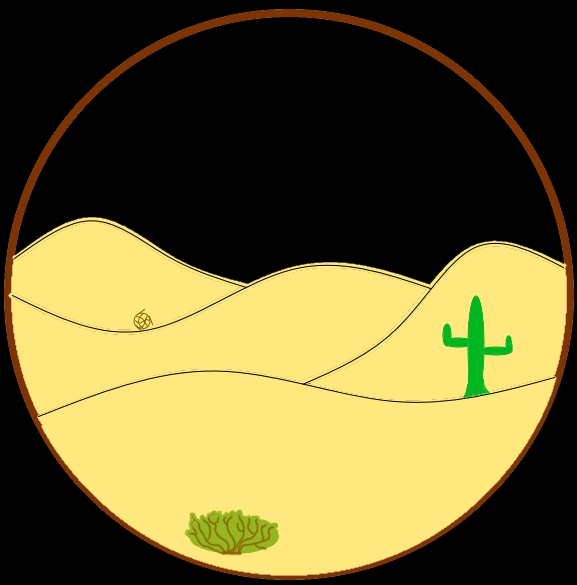Viper
Viperidae sp.
Where is it found?
Found in a wide range of habitats including deserts, woodland and grassland.
Diet and foraging method
Key adaptations
Vipers have long, hollow fangs to inject venom into their prey, which they can fold back against the roof of their mouth when not in use. They can also open their mouth to nearly 180 degrees when striking at their prey.
Social organisation and mating system
N/A
Did you know that...?
Experiments have shown that vipers can decide how much venom to inject into their prey depending on prey size, species and whether they have a firm hold of it!
Taxonomy
Picture credits:
Maps from: http://species.mol.org/species/
"LondonViper2007" by Cyril Blazy - http://www.fotopedia.com/items/blazouf-913f0b65dbf93e6f48a573d41afcdd30. Licensed under CC BY 3.0 via Wikimedia Commons - https://commons.wikimedia.org/wiki/File:LondonViper2007.jpg#/media/File:LondonViper2007.jpg
"LondonViper2007" by Cyril Blazy - http://www.fotopedia.com/items/blazouf-913f0b65dbf93e6f48a573d41afcdd30. Licensed under CC BY 3.0 via Wikimedia Commons - https://commons.wikimedia.org/wiki/File:LondonViper2007.jpg#/media/File:LondonViper2007.jpg









